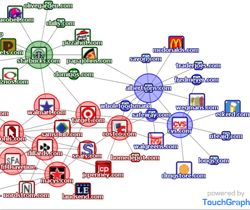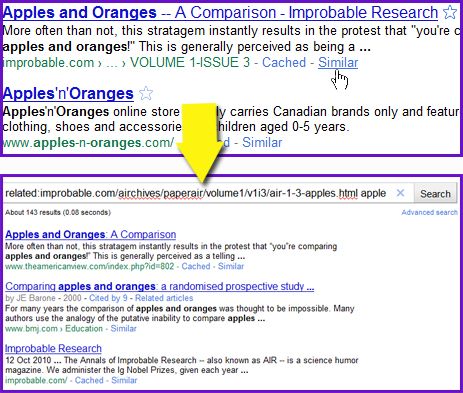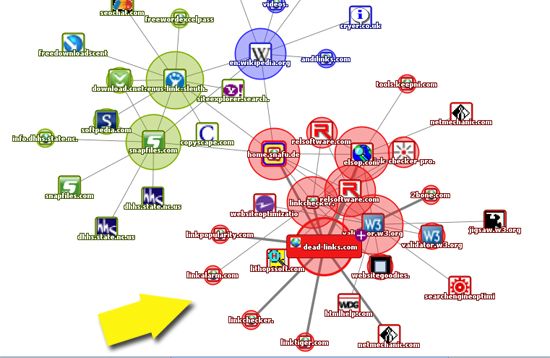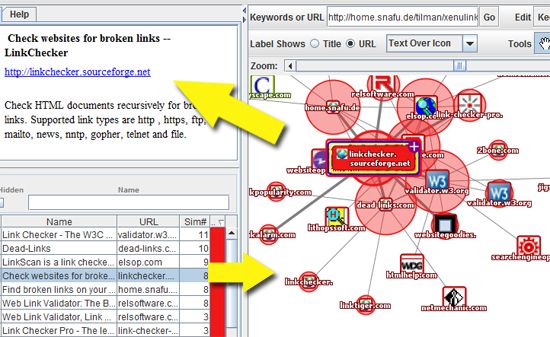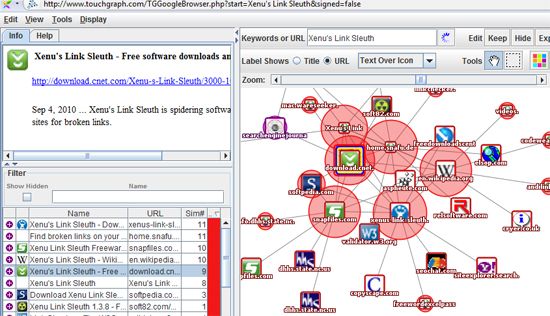<firstimage="https://www.makeuseof.com/wp-content/uploads/2010/10/touch-graph.jpg" />
If you search a lot (to collect information for blogging, research and inspiration), you may know that in many cases "words" are not enough to help you find what you need.Very often, you really don't know what exactly you are looking for and you can't describe it in words - in this case, you need other search tools apart from Google, Twitter and other word-based search engines.
We have already mentioned some tools and tricks to help you search without words: we have listed some Google search tricks that allow you to find something when you really don't know what you are looking for. We have also seen some image search tools that search by color and / or similarity (instead of words).
Today we are looking at another alternative way to do a visual search - Touch Graph which is based on Google's RELATED: search operator.
First, let's make it clear how the RELATED: operator works
Google is a bit too general when it comes to explaining how things work. For this operator, all it says it that:
The query [related:] will list web pages that are "similar" to a specified web page. For instance, [related:www.google.com] will list web pages that are similar to the Google homepage. Note there can be no space between the "related:" and the web page URL.
How it really works is a mystery but the general (educated and proved by tests) theory is that it is based on two main factors:
- Co-citation: if two pages have similar backlinks, they are related. It means that if several pages all cite and link to pages A and B, the latter are considered to be "similar".
- Thematic relevance: it seems like Google has also started to apply some thematic relevance when it comes to filtering pages with common backlinks.
You can see the RELATED: operator in action by clicking through "Similar" link next to each listing in Google search results page:
Now, back to the Touch Graph
TouchGraph Google Browser is an amazing free tool that lets people visualize the ways in which websites are connected through the use of Google's RELATED: advanced operator.
So if you, for example, have stumbled upon a great tool (let's say it's "Xenu's Link Sleuth" in our experiment) and want to find more similar apps, you can use TouchGraph to visualize your search.
We can do both ways: search by URL or by the tool name. Let's start from the URL-based search to make things easier.
Search based on a URL
Searching for a URL will retrieve top 10 similar pages for that URL and then retrieve 10 more similar pages for each of those pages. So in the end we have a network of results - all of which are related (both directly and indirectly) to your initial one.
The graph is built of clusters represented by colors. Clusters are built of similar pages. Thus, in our case, we can see very similar tools to Xenu in red (and similar tools of those similar tools - are you still following me? - in blue and green):
As you can see, the results are pretty exciting as the names we notice include "dead links", "w3 validator" and other quite relevant tools. The app can then be also used for inspiration and research.
Obviously, you can play with the results to your heart's content:
- Click any of the results to see the details in top-left corner ("Info" tab)
- You can expand any of the graph and load similar pages for the one you chose;
- Use "Filter" tab to navigate the graph with table-like format:
Besides that, individual web-bubbles can be moved around to make the representation clearer to the person working with the TouchGraph. Furthermore, users have the option of selecting specific clusters and removing all the other clusters from the graph by choosing the "Keep Selected" option, which can prove to be extremely useful when trying to perform pinpointed research without getting distracted.
Search based on a name / keyword
If you want to base your search on the name (instead of URL), the tool will first retrieve 10 regular results from Google and then 10 similar pages for each. In our example, we get lots of Xenu reviews and similar articles - which could also work well to expand your web research:
In either case, the tool is really a great idea and it can be very helpful:
- When used for inspiration;
- As an alternative source to expand your research.
What are your thoughts? Do you feel like giving the tool a try?

